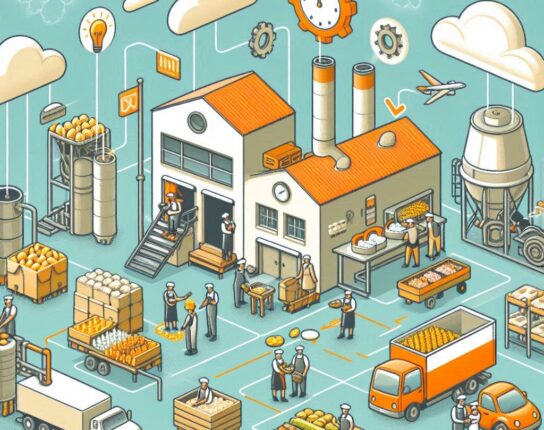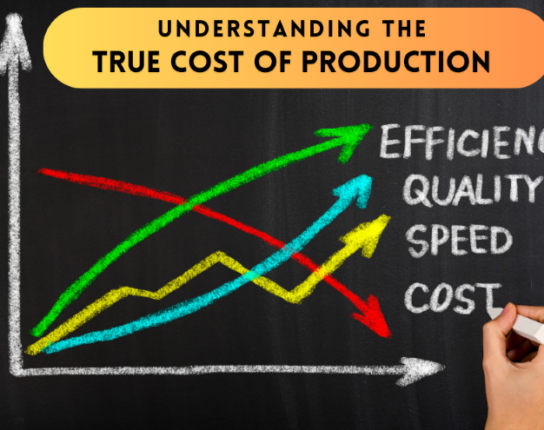Food manufacturers are once again bracing themselves as the Omicron variant is causing increased sick leave across schools and workplaces. As a result, businesses are looking at yet another labor shortage caused by employees unable to come to work because of children at home due to school closures, or because they themselves are unwell.
While food manufacturers have started implementing permanent changes to their business models to help weather current and future disruptions, including holding larger inventories or building domestic manufacturing capacity, they are still struggling with a labor shortage, despite offering higher wages.
Adding to the stress of employees is news from the Federal Reserve that the supply chain bottlenecks and rising inflation that have plagued the economy during the pandemic may last longer than previously expected with some businesses facing deteriorating conditions due to Omicron.
According to Chad Hart, an Iowa State University agricultural economist, “This industry has faced a limited employee pool before COVID that’s arguably smaller today. This longer-term issue of finding workers has been there for a while. COVID did not create that. COVID just exacerbated it.”
Ensure your employees are safe
Employees are looking more than just salary when coming into work, and companies need to go a step further and make sure their workplace is a safe and supportive one for their employees, by revisiting safety protocols that were established before such as investing in the necessary equipment needed such as masks, gloves, PPE, and rapid testing kits, which are still “one of the best frontline tools available.”
Adding flexibility to schedules and making it easier to switch shifts should an employee need to stay home for whatever reason. And while many jobs can’t be done from home, there are some that can, and ensure you have the technology in place to facilitate them. Some plants have even piloted work schedules with fewer days but longer daily hours to allow staff to spend more time at home.
It’s a good time to reassess how you do business
Do an audit of how your company is currently run to identify areas for improvement – look at how employees and supplies are flowing through your facilities to identify efficiencies and take action accordingly. This is a worthy exercise even when not in a pandemic, as overtime, people can get set in their ways and not look at new approaches or solutions.
Consider automation and AI to aid your workforce during a labor shortage
This may also be a good time to consider automation and AI for your company. With AI, organizations can continue to meet their production targets with their existing workforce, and as they grow their teams, they have the added attraction of providing a workplace with the latest technology – allowing the employees themselves to do more in their jobs as well.
Performing repetitive tasks while still retaining the ability to adjust due to circumstance, Artificial Intelligence offers you the best of both worlds. Using AI-controlled machinery has benefits that go far beyond simple automation. Fully automated processes can’t change procedures based on incoming sensor data, but AI systems can. By anticipating your production needs and calculating the best way to adjust, AI can manage multiple integrated systems at once and improve your overall output.
An AI system’s ability to continually analyze data means that it can identify redundant steps or unnecessary system delays that can make an AI program promptly pay for itself.
For some food and beverage manufacturers that have work environments that aren’t the most comfortable, such as in extreme cold or heat – automation and AI can address not only labor shortages but employee satisfaction.
Not just science fiction anymore
The good news is, AI isn’t just for sci-fi movies or companies with bottomless bank accounts. Even smaller manufacturers can implement and benefit from AI in a small amount of time.
We know that you have a lot on your plate. You need simple solutions that help you grow your company while reducing input costs. We use AI software solutions to help you manage inventory, order supplies, and react to emerging market conditions. Don’t waste time with spreadsheets and trying to manage things on your own. Put the power of smart AI solutions to work for you.










